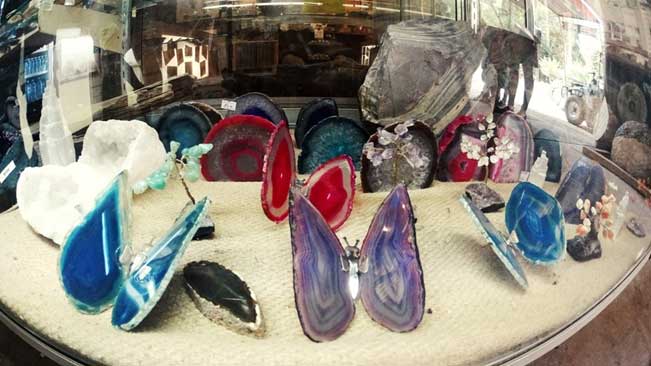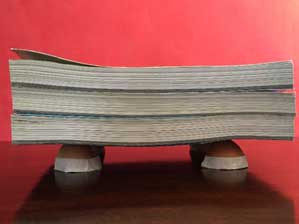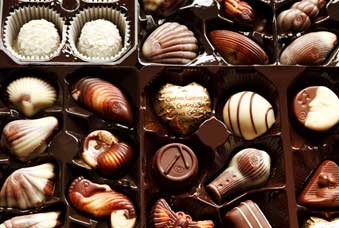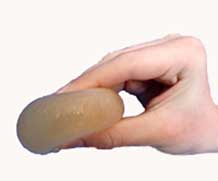We Have a Winner
Colby Watts2021-02-03T08:52:38+11:00Congratulations to seven year old Kaelan Hancock, the winner of our ‘Super Spider’ competition! Kaelan told us all about the peacock spider – tiny spiders found across southern Australia that are brightly coloured and like to dance! Congratulations Kaelan, your prize pack of a jumping Solar Spider, a pack of Miracle Tattoos (including a giant spider that crawls up your arm when viewed through a phone app) and a copy of Guinness World Records: Science and Stuff is on its way to you. If you are curious to see some peacock spiders in action, here is a dancing peacock spider [...]










